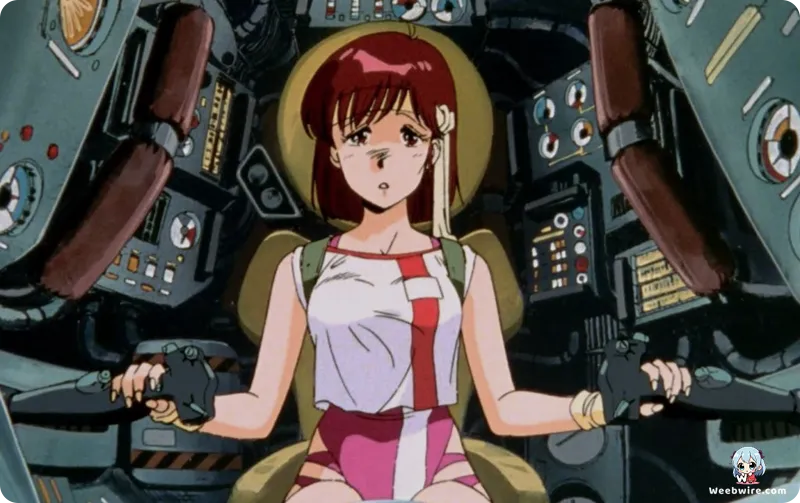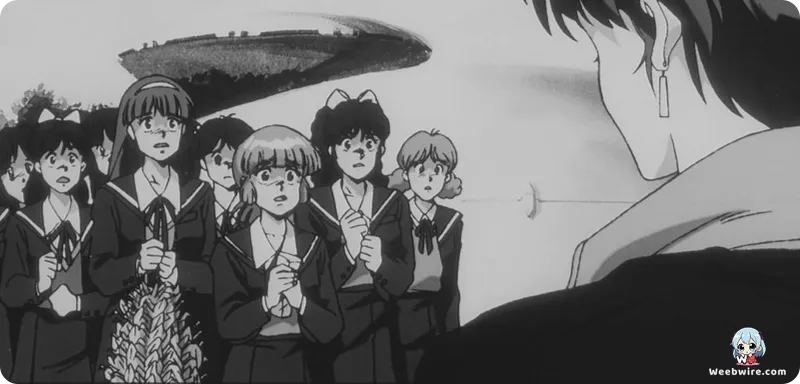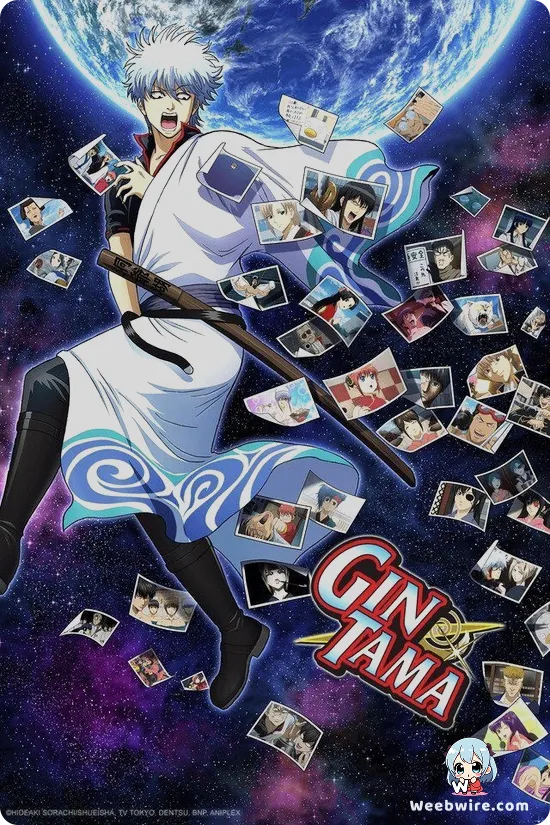Pioneering Anime: The Untold Story and Lasting Impact of Gainax's Gunbuster

Released in 1988, Gunbuster: Aim for the Top! not only delivered groundbreaking mecha action and poignant drama but also carved an indelible mark on anime history. This six-episode Original Video Animation (OVA), a product of the then-fledgling Gainax studio, served as the formidable directorial debut of Hideaki Anno, an auteur whose name later became synonymous with iconic works such as Neon Genesis Evangelion. Understanding Gunbuster is essential to grasping the foundational elements of Anno's artistic vision and Gainax's innovative spirit.
Integrating Sports Anime Tropes
A key highlight of Gunbuster is its ingenious integration of classic sports anime tropes, directly inspired by Aim for the Ace!. Protagonist Noriko Takaya mirrors Aim for the Ace!'s Hiromi Oka: an initially clumsy girl with latent talent, striving for excellence under a demanding yet supportive coach. The series masterfully transplants training montages, internal struggles, and rivalries from the sports genre into a sprawling sci-fi mecha narrative. This audacious blend imbued Gunbuster with unique charm and profound emotional depth, allowing viewers to connect deeply with Noriko's journey before the cosmic battles unfolded.
Relativistic Time Dilation as a Narrative Core
Moreover, Gunbuster is celebrated for its ambitious and scientifically rigorous exploration of relativistic time dilation. As Noriko and her comrades pilot the advanced Gunbuster mecha at near light-speed, time for them dramatically decelerates compared to those on Earth. This is not merely a plot device; it is a central emotional pillar. The harrowing concept of sacrificing years, even decades, with each mission, coupled with the heartbreaking reality of loved ones aging rapidly back home, injects an unparalleled sense of sacrifice and melancholy into the exhilarating space combat. This commitment to depicting the human toll of interstellar travel with scientific fidelity was groundbreaking and remains a potent narrative instrument.

The legend surrounding Gunbuster further includes its sixth and concluding episode, famously presented almost entirely in black and white. While this artistic decision powerfully amplifies the episode's dramatic gravitas, evoking classic cinema and underscoring the characters' ultimate sacrifice, it was also partly born from practical budgetary constraints. Gainax, a young studio, ingeniously turned a potential weakness into an undeniable artistic triumph, creating an iconic moment in anime history.
Mecha Design and Adversaries
The mecha design, particularly the formidable titular Gunbuster, blends practicality with sheer spectacle. Its utilitarian appearance belies raw power and functionality, with signature attacks like the "Inazuma Kick" and "Buster Beam" delivered with immense force. The colossal scale of the adversaries, the Space Monsters, further accentuates the desperate heroism of the pilots against daunting odds.
Lasting Influence on Anime
Gunbuster's profound influence extends far beyond its immediate reception, serving as a blueprint for numerous subsequent Gainax productions and the mecha anime genre. Hideaki Anno's distinctive directorial style, characterized by psychological depth, experimental animation, and complex themes, was honed here. The seeds of Neon Genesis Evangelion's character-driven drama, its exploration of mental states, and its blend of existential dread with breathtaking action can all be traced back to Gunbuster. The series cemented Gainax's reputation for fearlessly pushing boundaries, setting a high standard for OVA productions.
Ultimately, Gunbuster transcends being just an action-packed mecha anime; it is an emotional odyssey of perseverance, sacrifice, and the indomitable human spirit. Its innovative storytelling, scientific grounding, and brilliant artistic choices continue to resonate, cementing its status as a timeless classic and a testament to its creators' genius, captivating new generations with its rich layers of meaning and exhilarating spectacle.
Credits
Gunbuster
Author
Hideaki Anno (original concept)
Cover Art
Yoshiyuki Sadamoto
Studio
Gainax
Publisher
Bandai Visual
Producers





